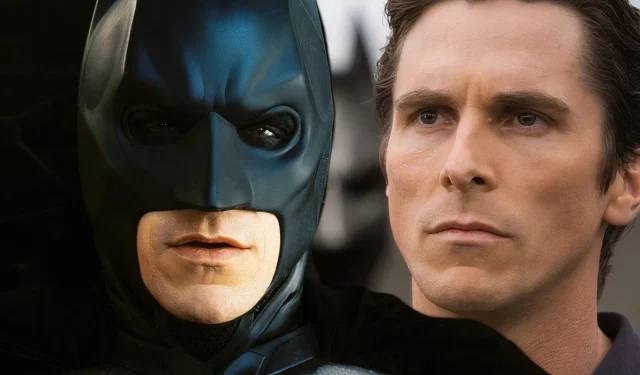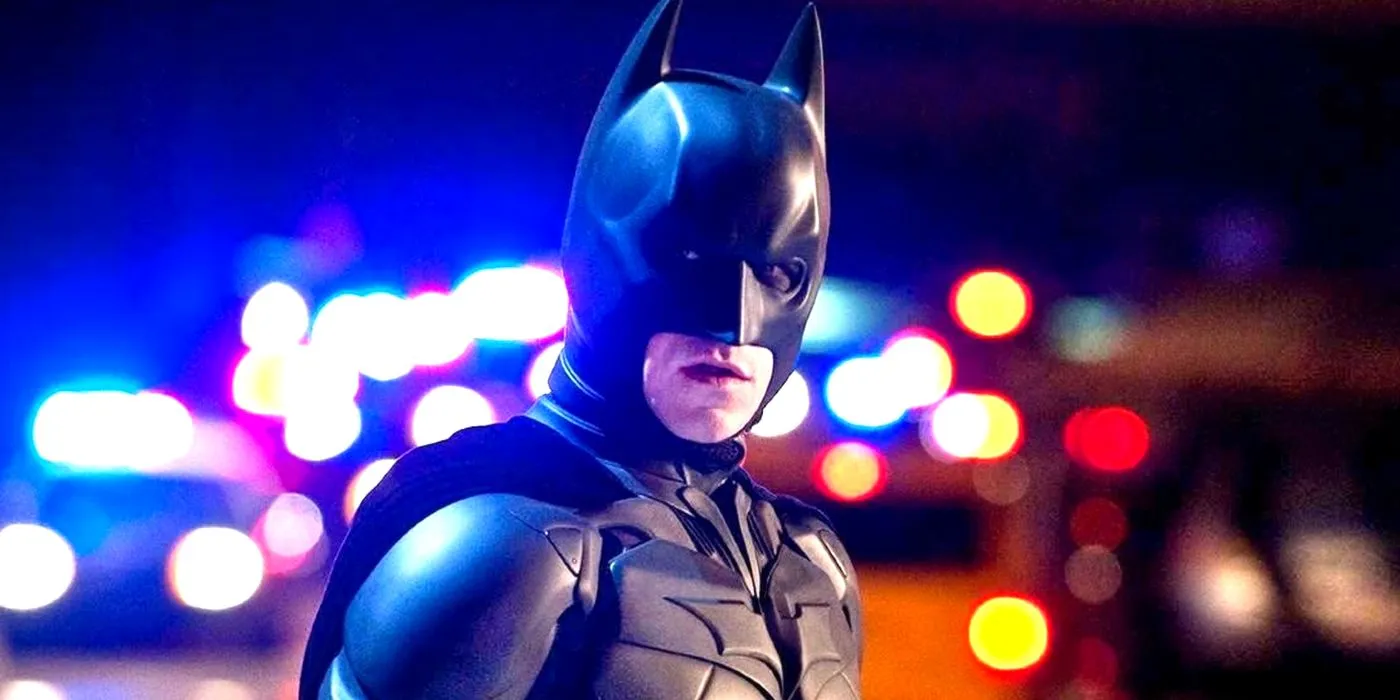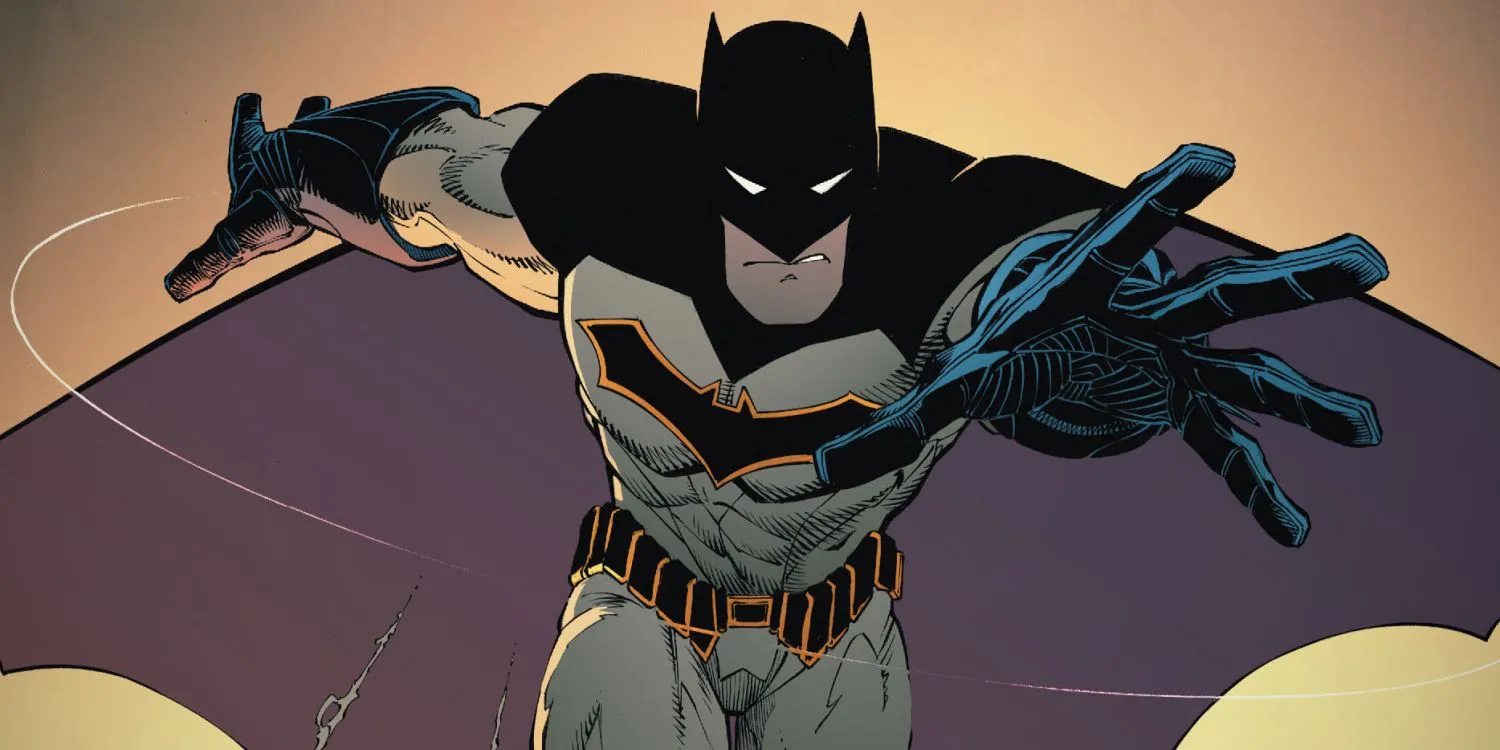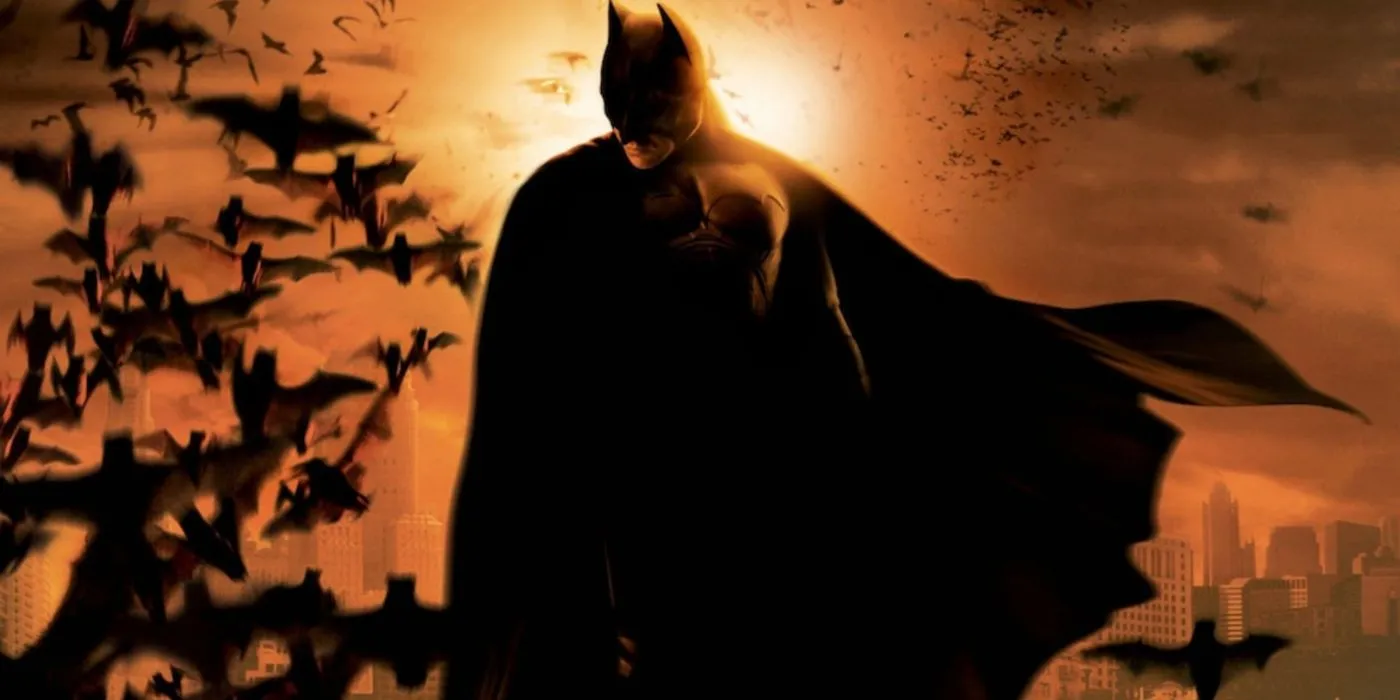
More than ten years after the finale of The Dark Knight trilogy, director Christopher Nolan’s insights into what makes Batman work on-screen continue to resonate. Featuring a fresh perspective, the trilogy quickly became a cornerstone of superhero cinema, rejuvenating interest in the character after a long hiatus since Batman & Robin. However, the trilogy’s success wasn’t solely driven by the public’s yearning for more Batman films; it was notably shaped by how meticulously Nolan chose to reinterpret the character’s lore.
The Dark Knight trilogy approached Batman’s mythos with careful consideration, selectively adapting and, in some instances, eliminating certain elements. This thoughtful curation of Batman’s universe not only facilitated a compelling storyline but also redefined audience expectations for superhero films. While some aspects were surely adjusted for cinematic flair, Nolan and his team wisely preserved essential components that are critical to Batman’s identity.
Christopher Nolan Discusses the Two Essential Elements of Batman
Essential Features of Batman’s Design





In the documentary In The Fire Rises: The Creation and Impact of the Dark Knight Trilogy, Nolan reveals insights into defining his Bat-hero vision. He emphasizes that while the overall world-building is critical, there are two pivotal design elements crucial for Batman’s identity. Nolan states, “It sounds obvious in retrospect, but what you learn very rapidly is without that cape he isn’t Batman. He’s… some kind of futuristic SWAT type guy. Without the ears and the cape, no matter how much you retain, it’s not Batman without those elements.”
This perspective is particularly compelling considering that The Dark Knight trilogy represents one of the most realistic adaptations of Batman to date. The effort to ground the character in reality often meant toning down the more fantastical aspects of his lore. Nolan’s remarks gain added significance in light of the discussions about whether even the iconic Batmobile would fit into this realistic framework.
The Necessity of the Cape and Ears in Batman’s Character
The Integral Role of the Cape and Ears





Throughout Batman’s long history, his design has undergone various transformations since his debut in 1939. However, retaining the iconic cape and pointed ears is essential. As Nolan remarked, these two features are what visually connect Batman to his namesake—the bat. Without the cape and ears, one loses the core essence that makes him recognizable and compelling as a superhero.
Moreover, the allure of Batman lies in his deliberate choice to adopt a bat-like persona for fighting crime. Many heroes have masks, but those that lack the visual cues that Batman wears fall short in comparison. The dramatic silhouette created by the cape and cowl not only enhances Batman’s mystique but also enriches his narrative, making the character much more engaging.
With a legacy spanning over 85 years, Batman’s traditional look featuring the cape and cowl has become a fundamental aspect of his identity. The evolution of comic adaptations and various media has only helped solidify the idea that these elements are indispensable. In fact, removing them renders the character less interesting and strips away the uniqueness that fans have come to cherish.
Batman’s Origin Stories Highlight the Need for the Cape and Ears
Christopher Nolan’s Insights Reinforced Through Batman’s Cinematic Journey





Christopher Nolan’s conviction regarding the importance of the cape and ears finds ample support in over eight decades of Batman’s portrayal in comics and film. While Batman’s suit has transformed numerous times, the presence of the ears is consistently maintained, even in the most unconventional interpretations. Instances such as Batman Beyond illustrate the necessity of a cape for visceral storytelling and dramatic flair.
On-screen, the visual impact of Batman in full costume is unforgettable. For example, in the series Gotham, Bruce Wayne’s initial attempts at donning a suit echoed Batman’s design while lacking the essential ears and cape, making him appear more like a tactical operator than the iconic superhero he is meant to be. This disconnect is remedied toward the conclusion of the series, underscoring the significance of these classic elements.
Even within the confines of The Dark Knight trilogy, there are moments where Bruce’s armor appears somewhat like a Batsuit, yet it is without the symbolic accouterments that constitute Batman. It only when the complete suit is donned that he fully embodies the vigilante persona. Thus, the rich history and evolution of Batman serve to validate Nolan’s insights regarding the cape and ears, emphasizing why The Dark Knight trilogy remains one of the most effective portrayals of the character to date.




Leave a Reply